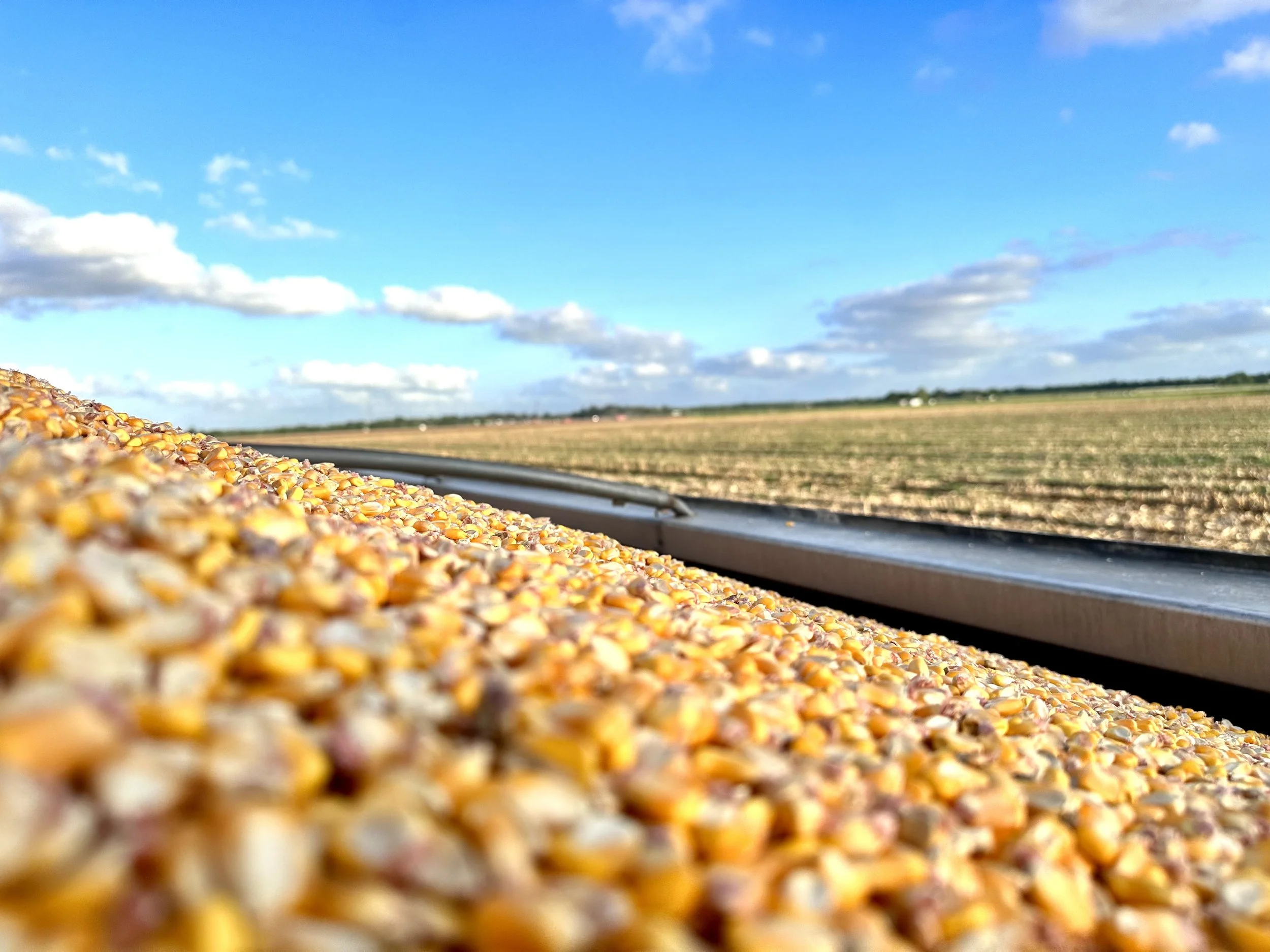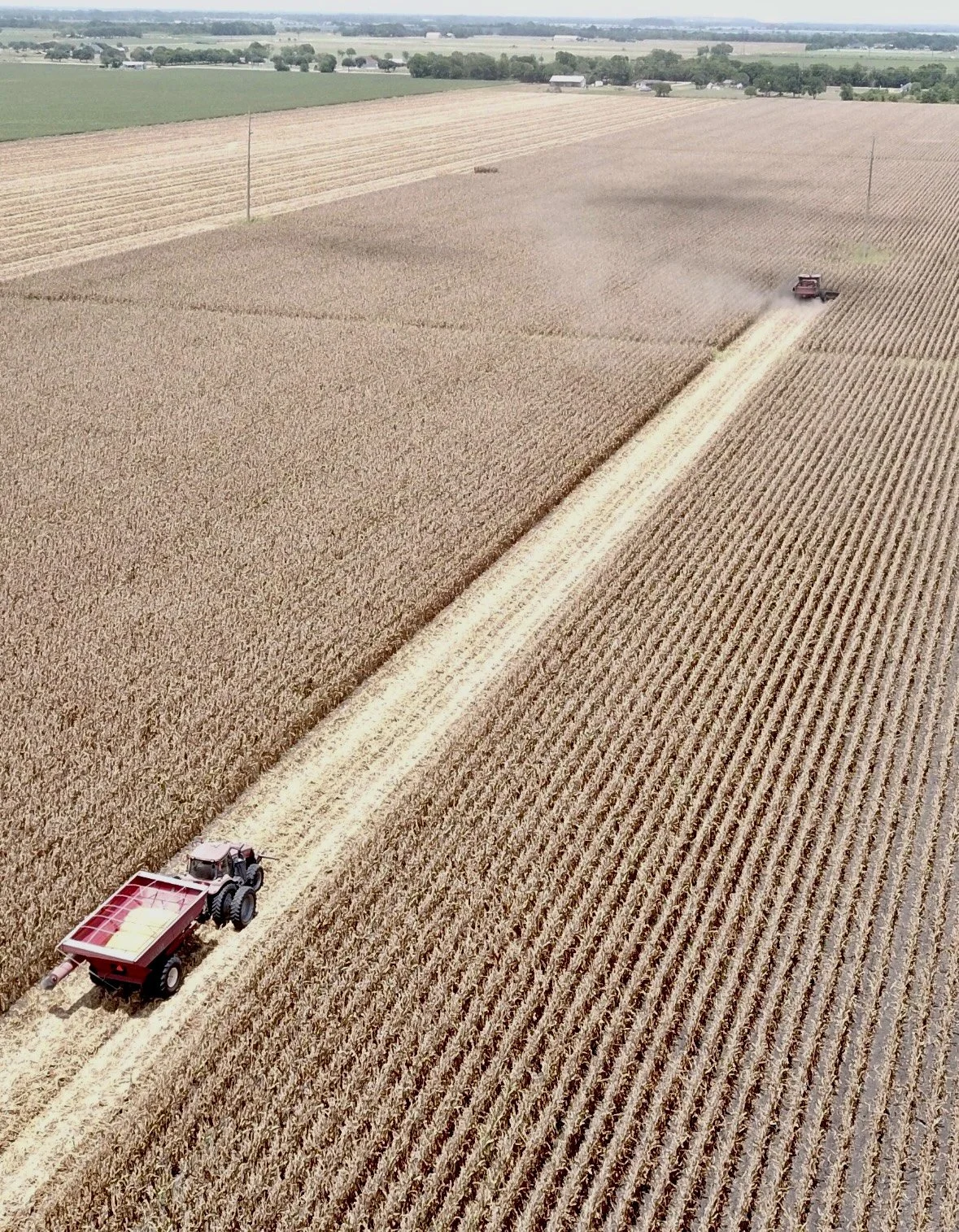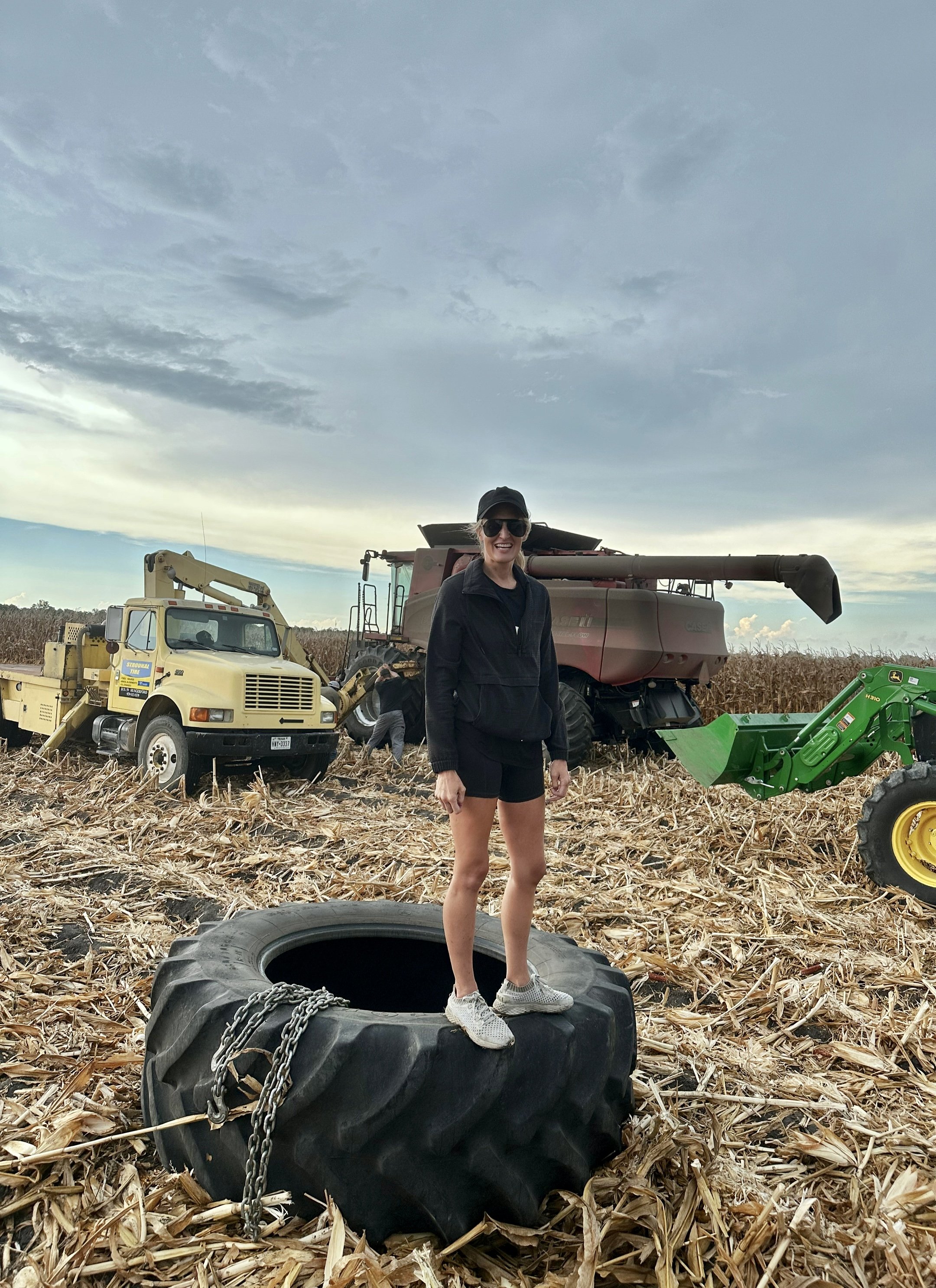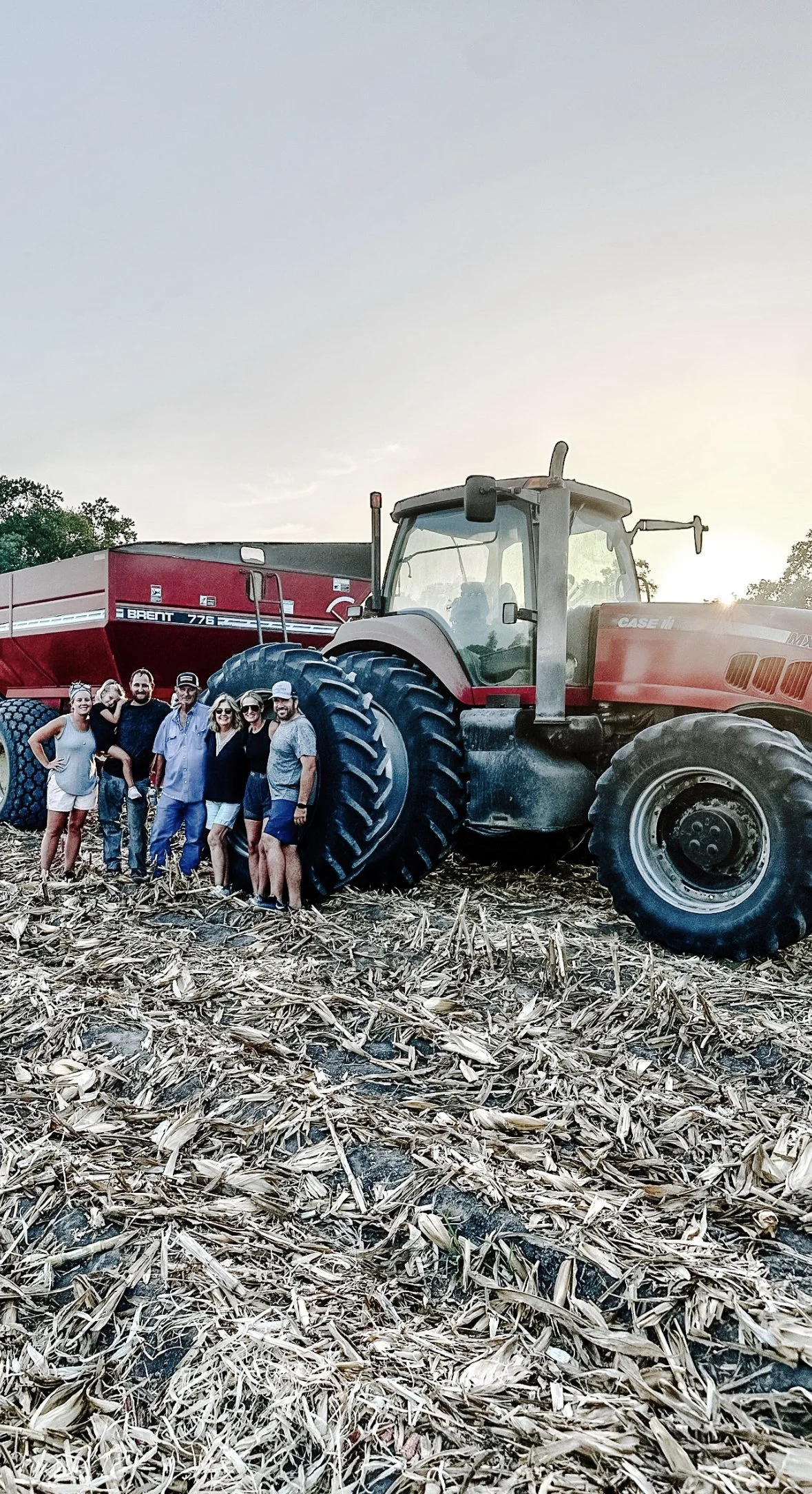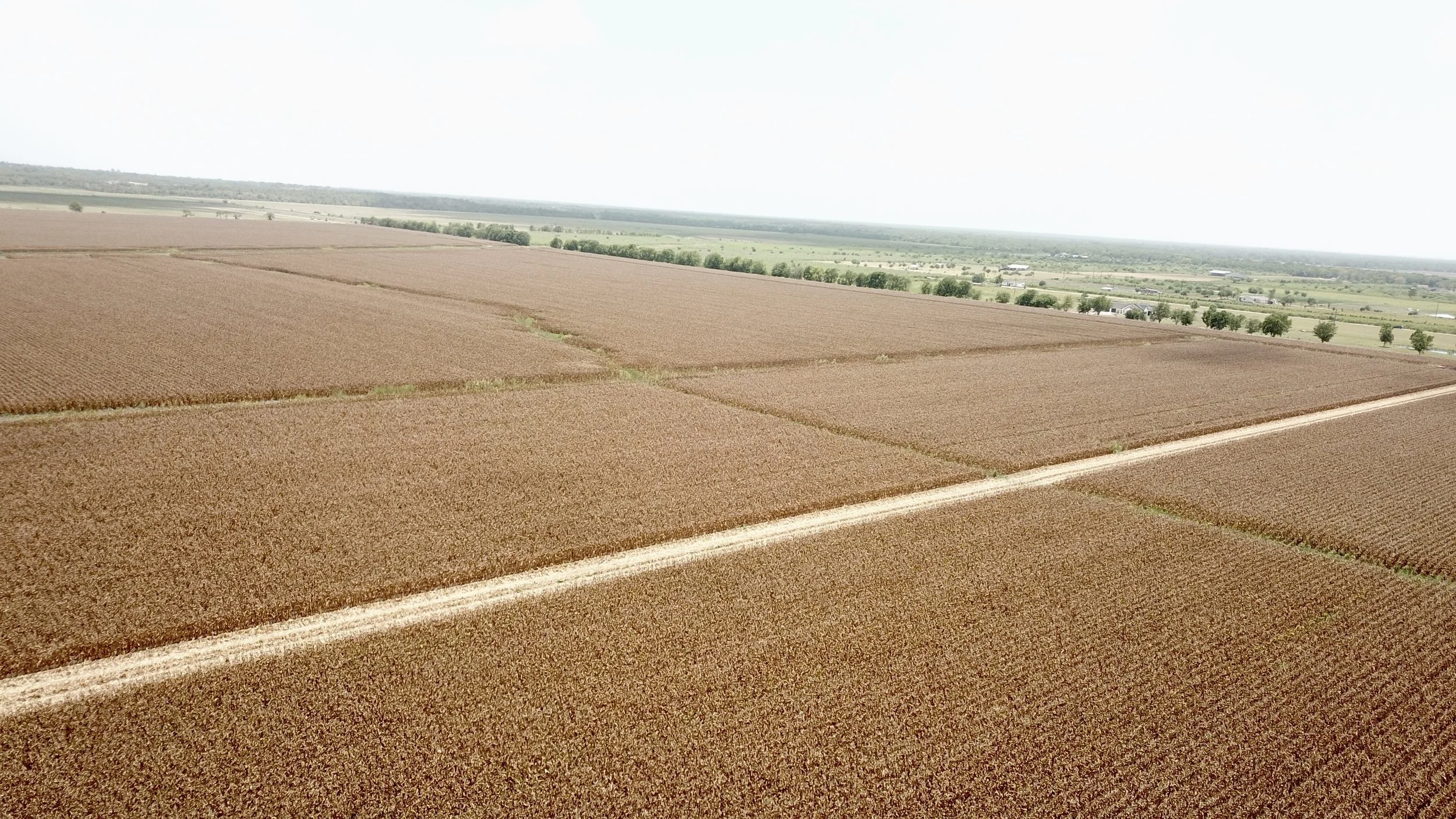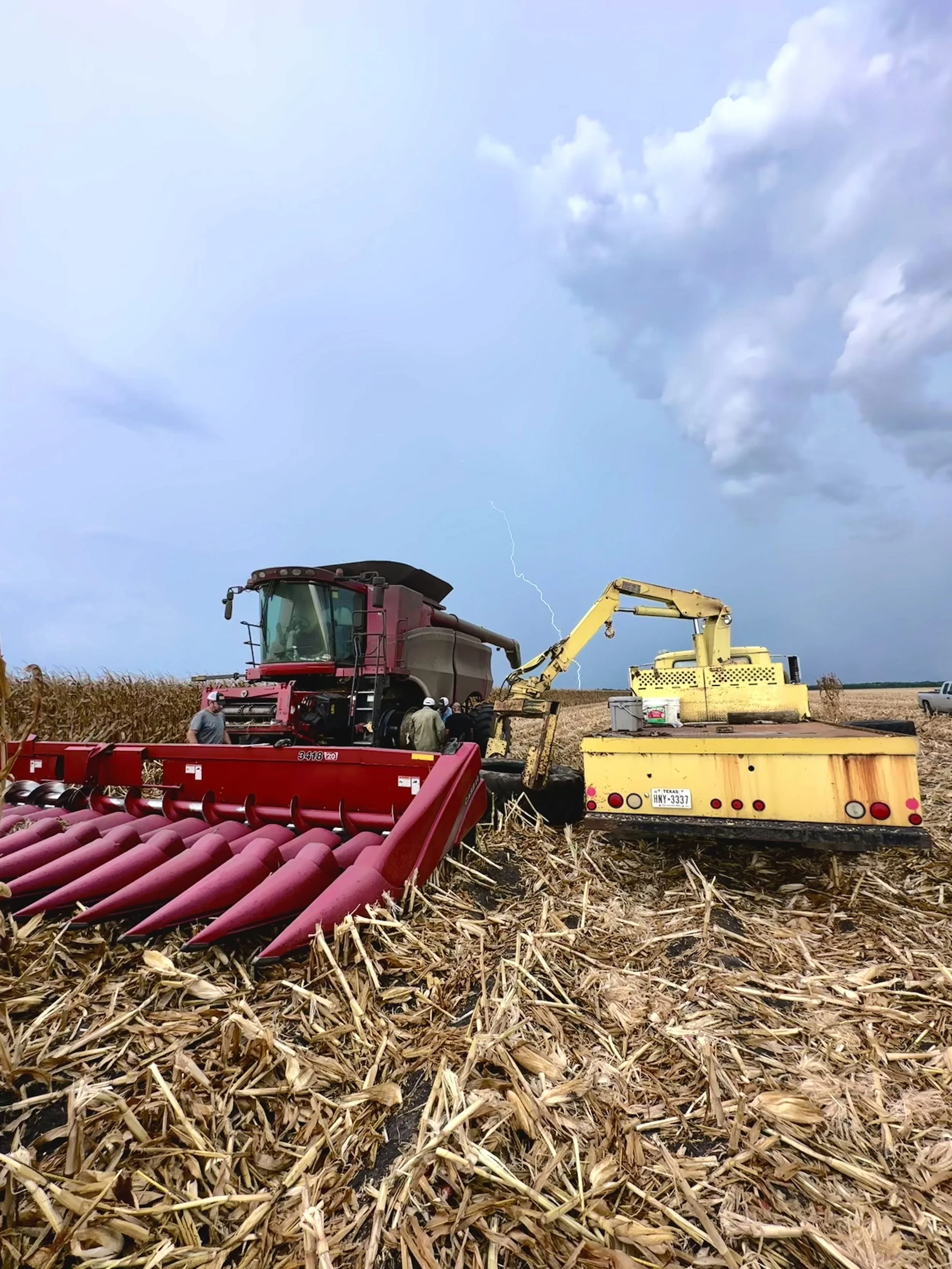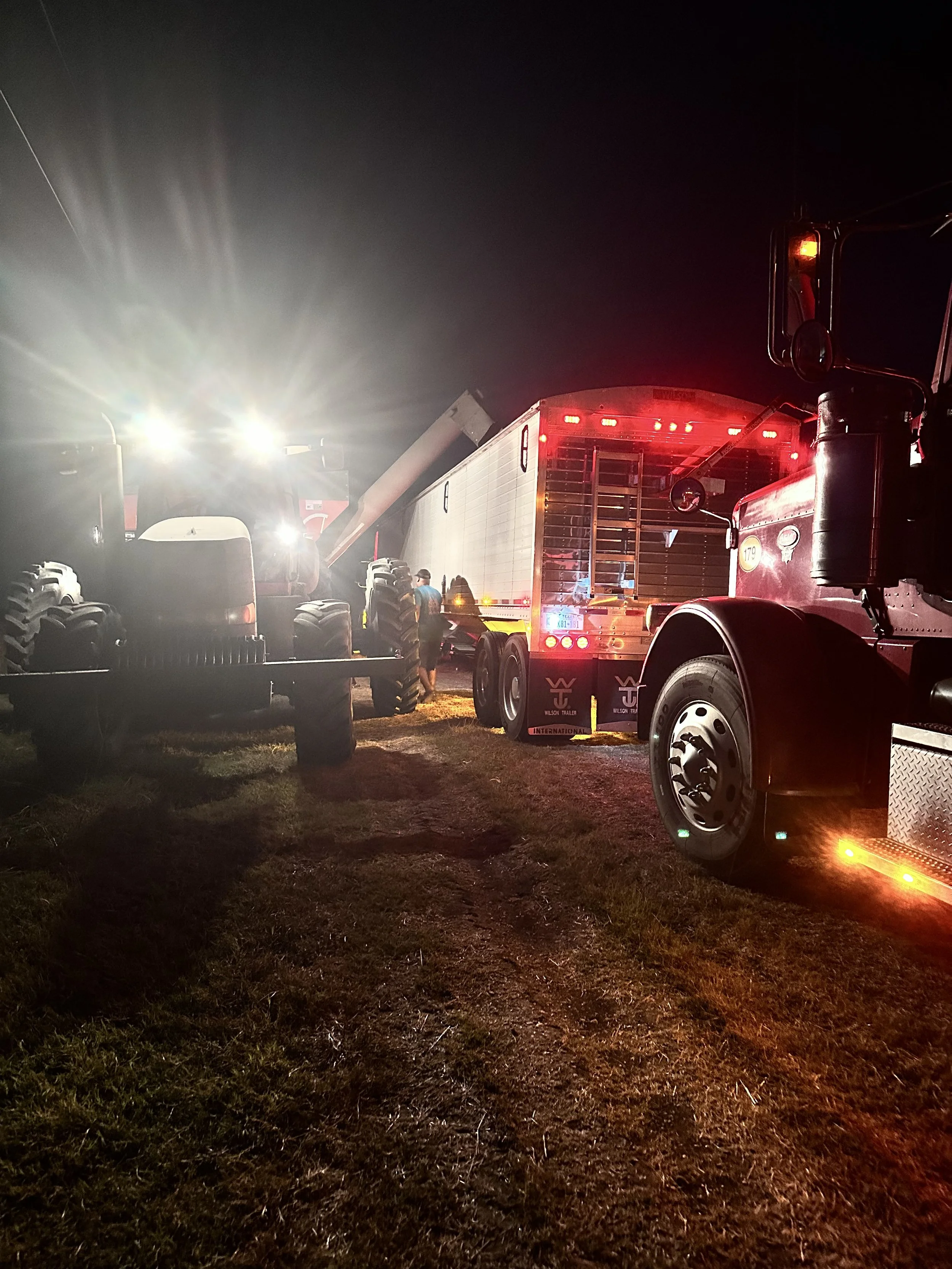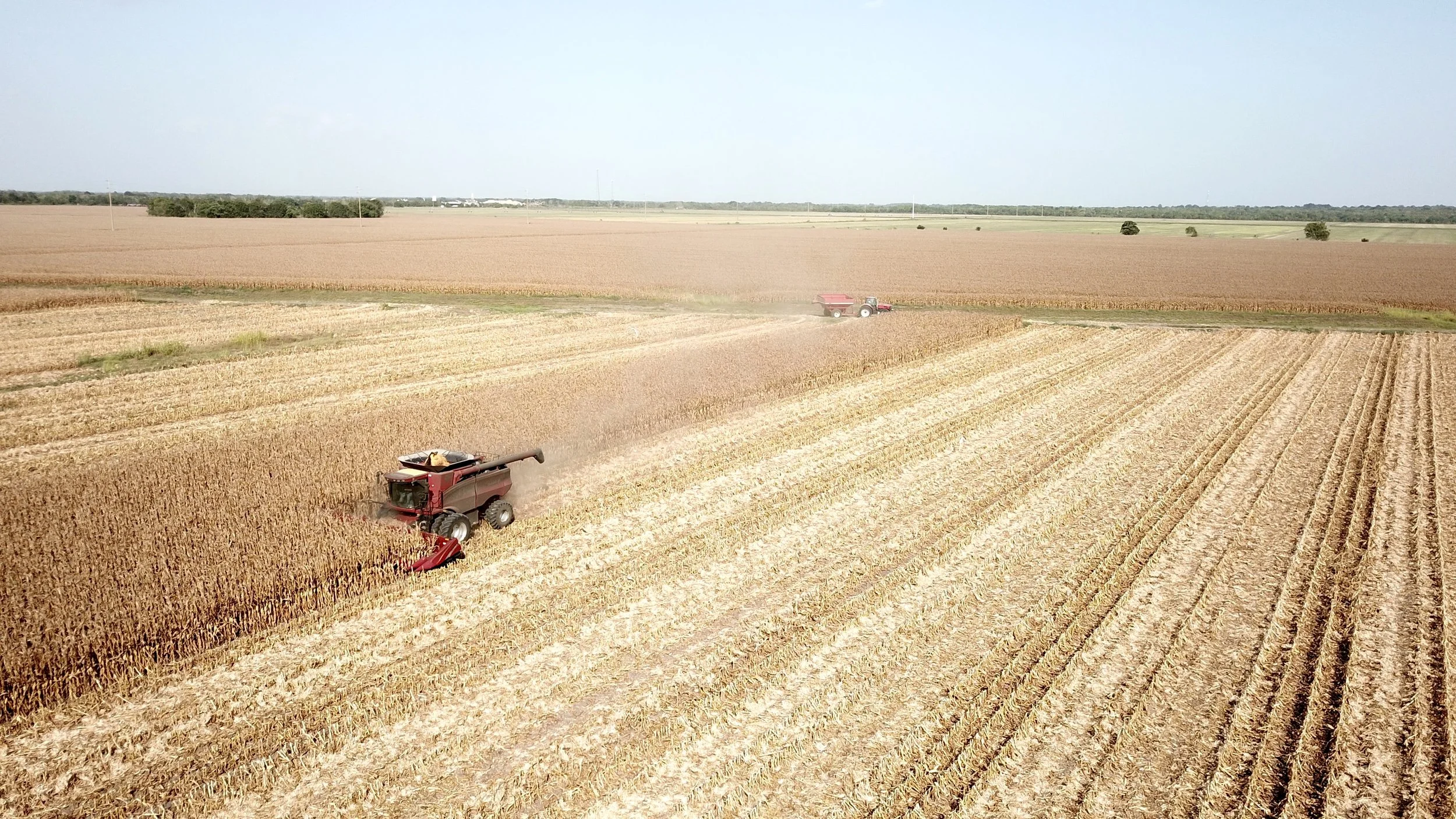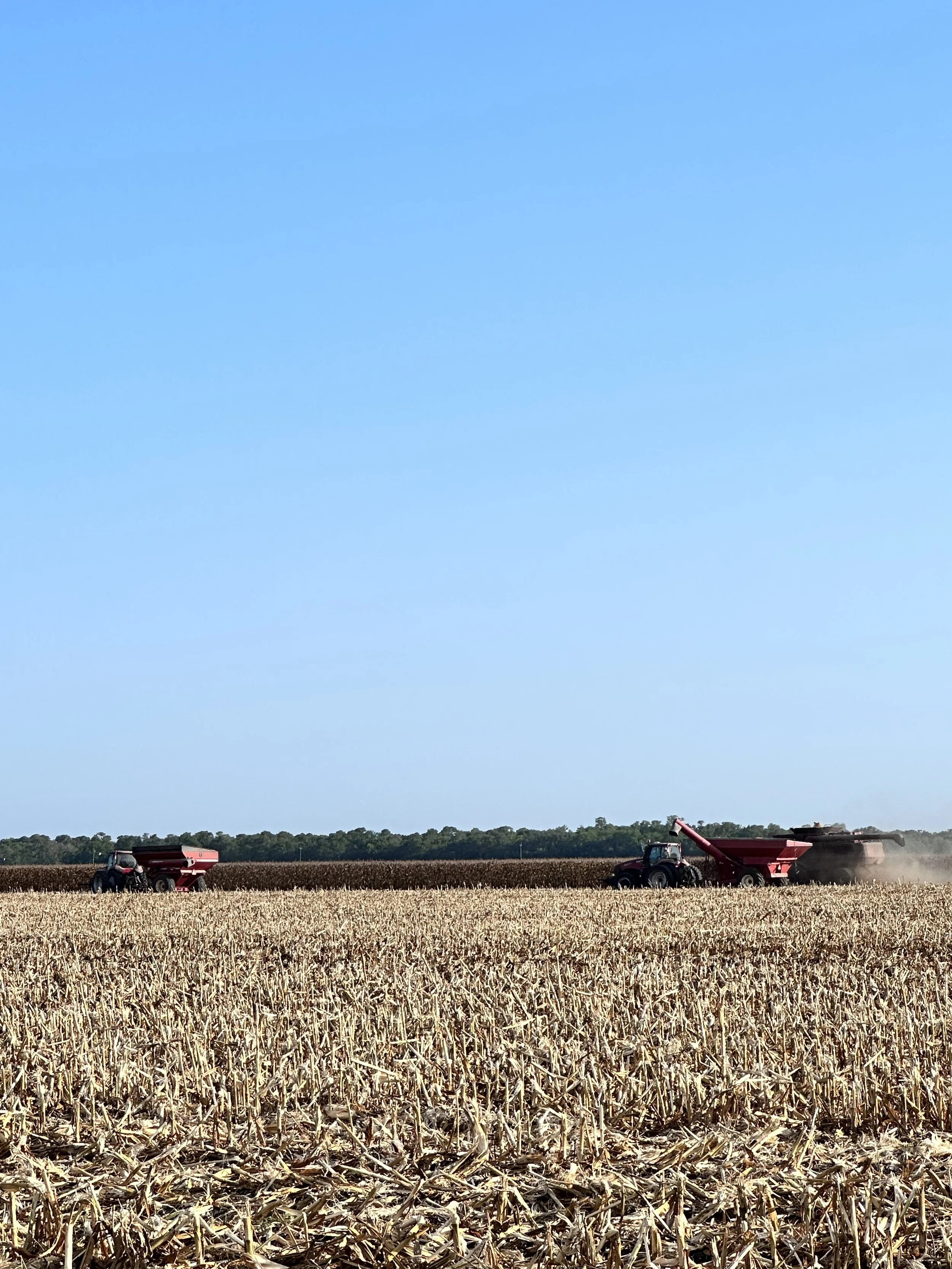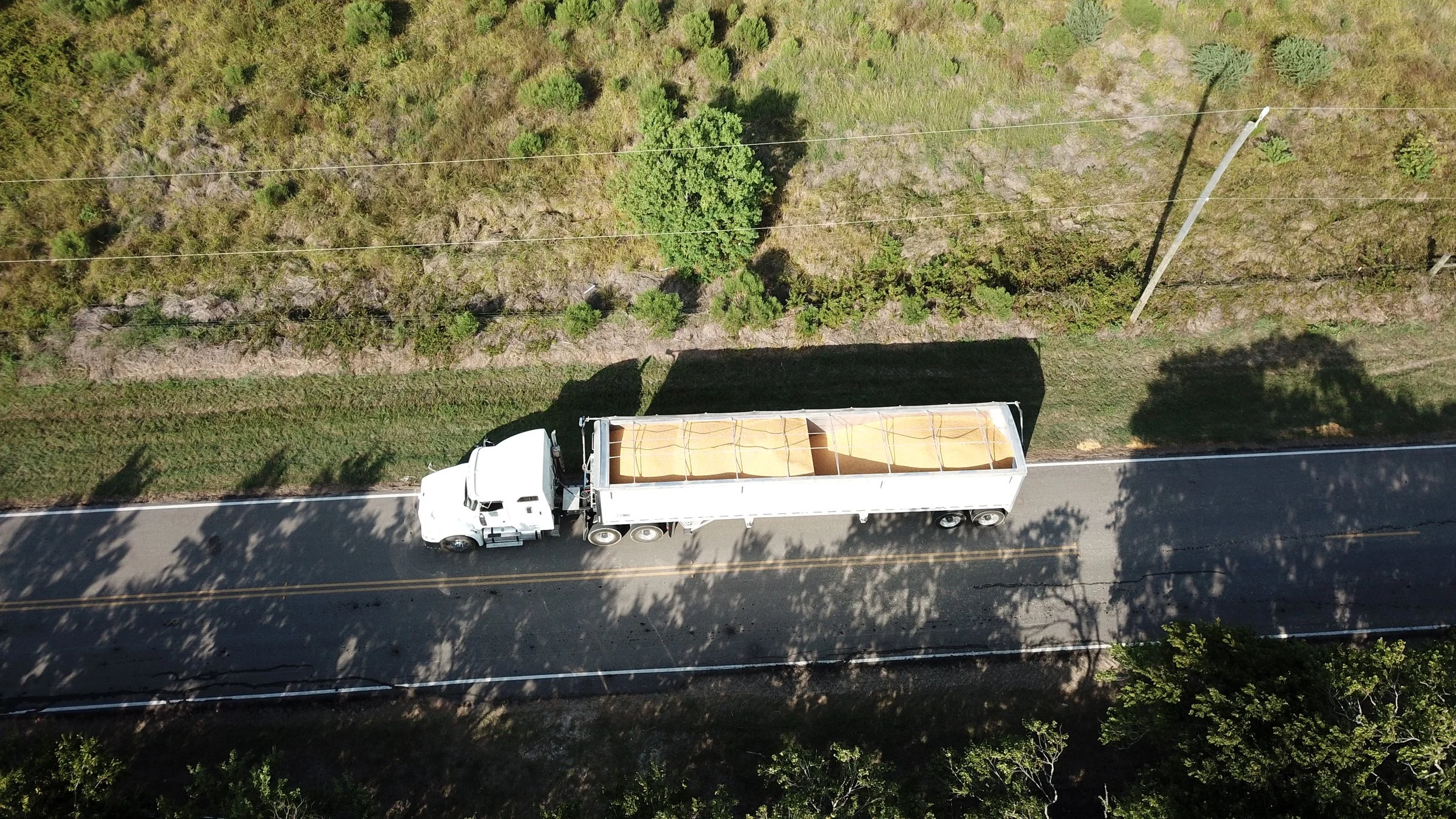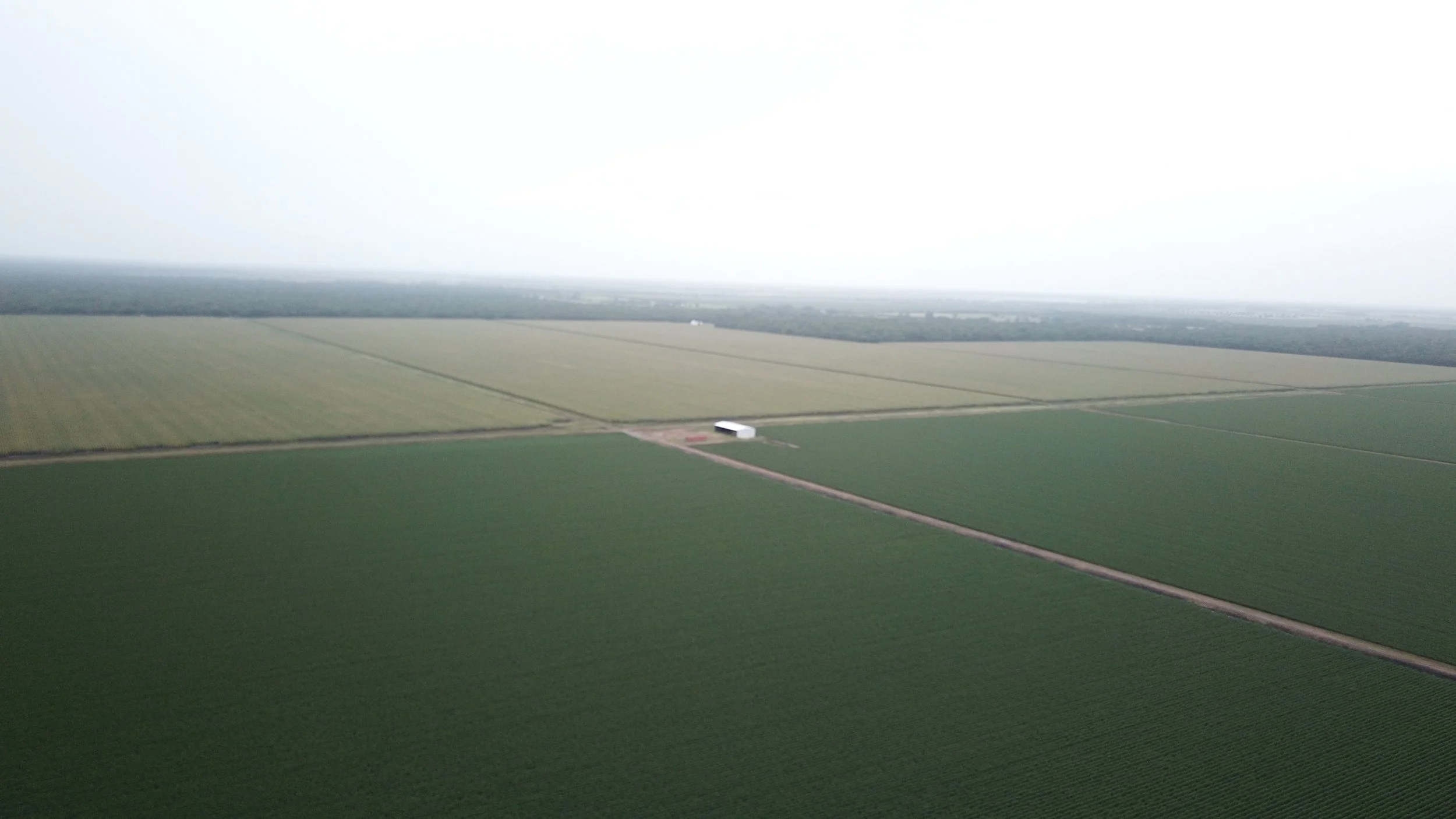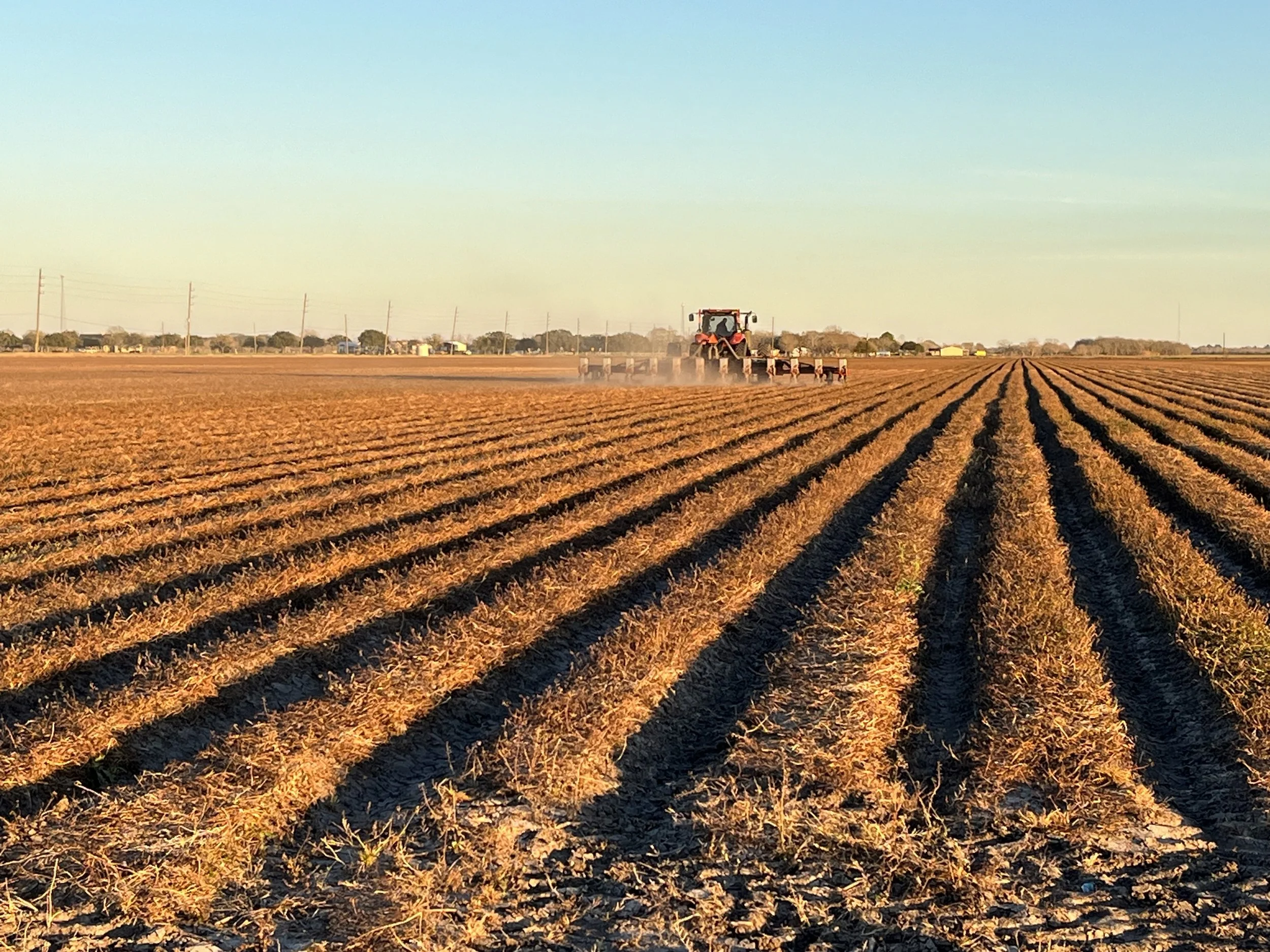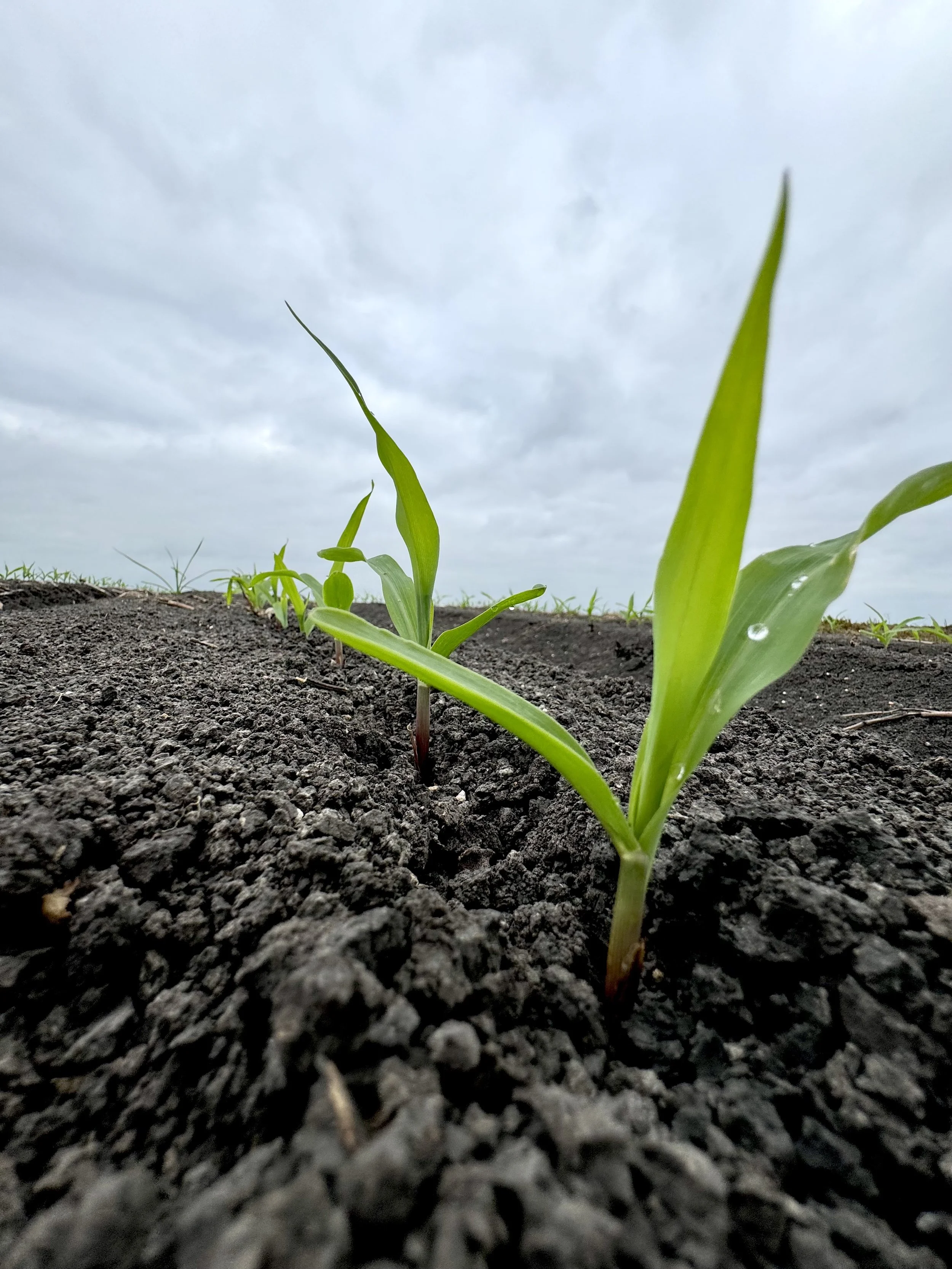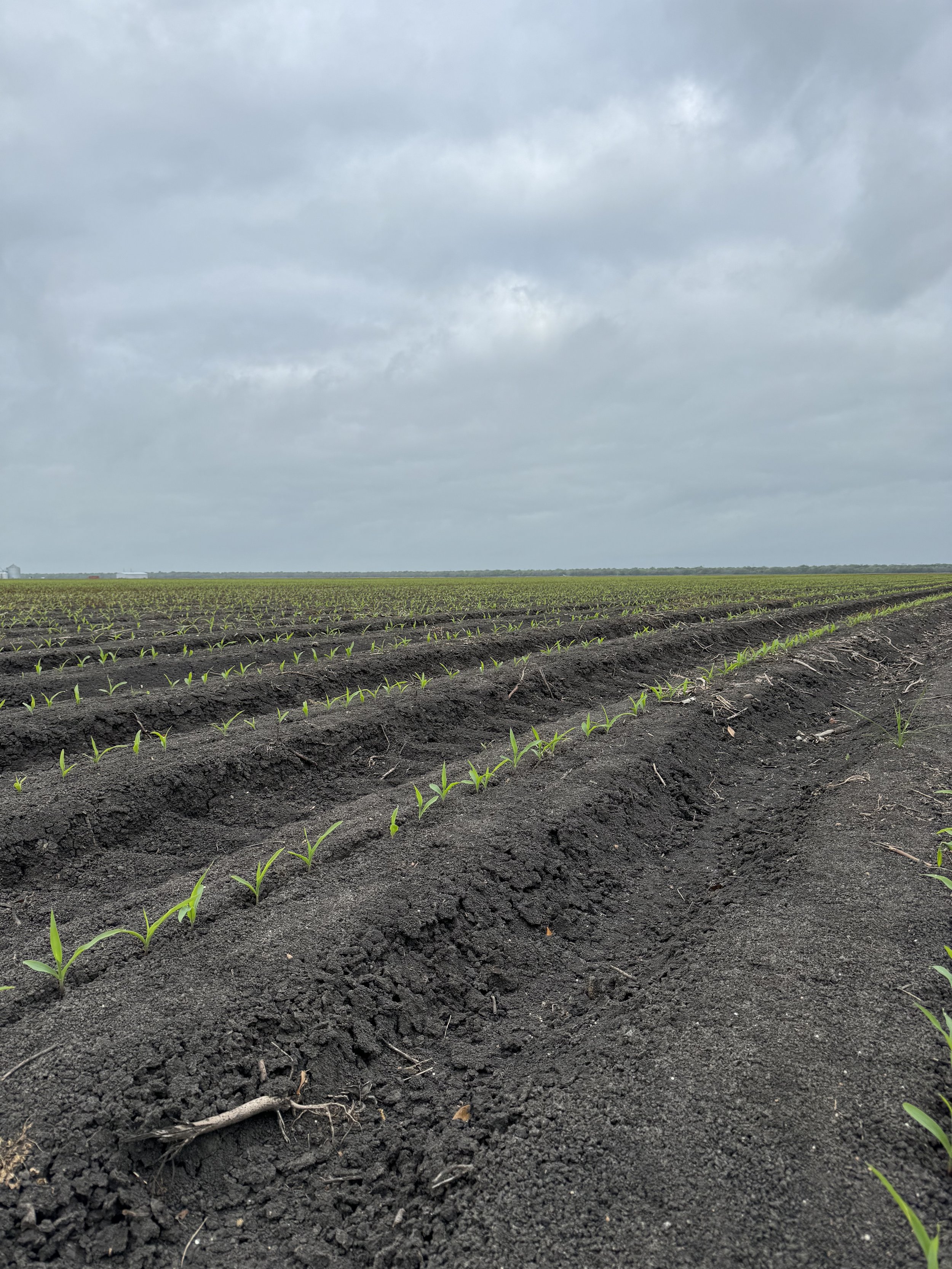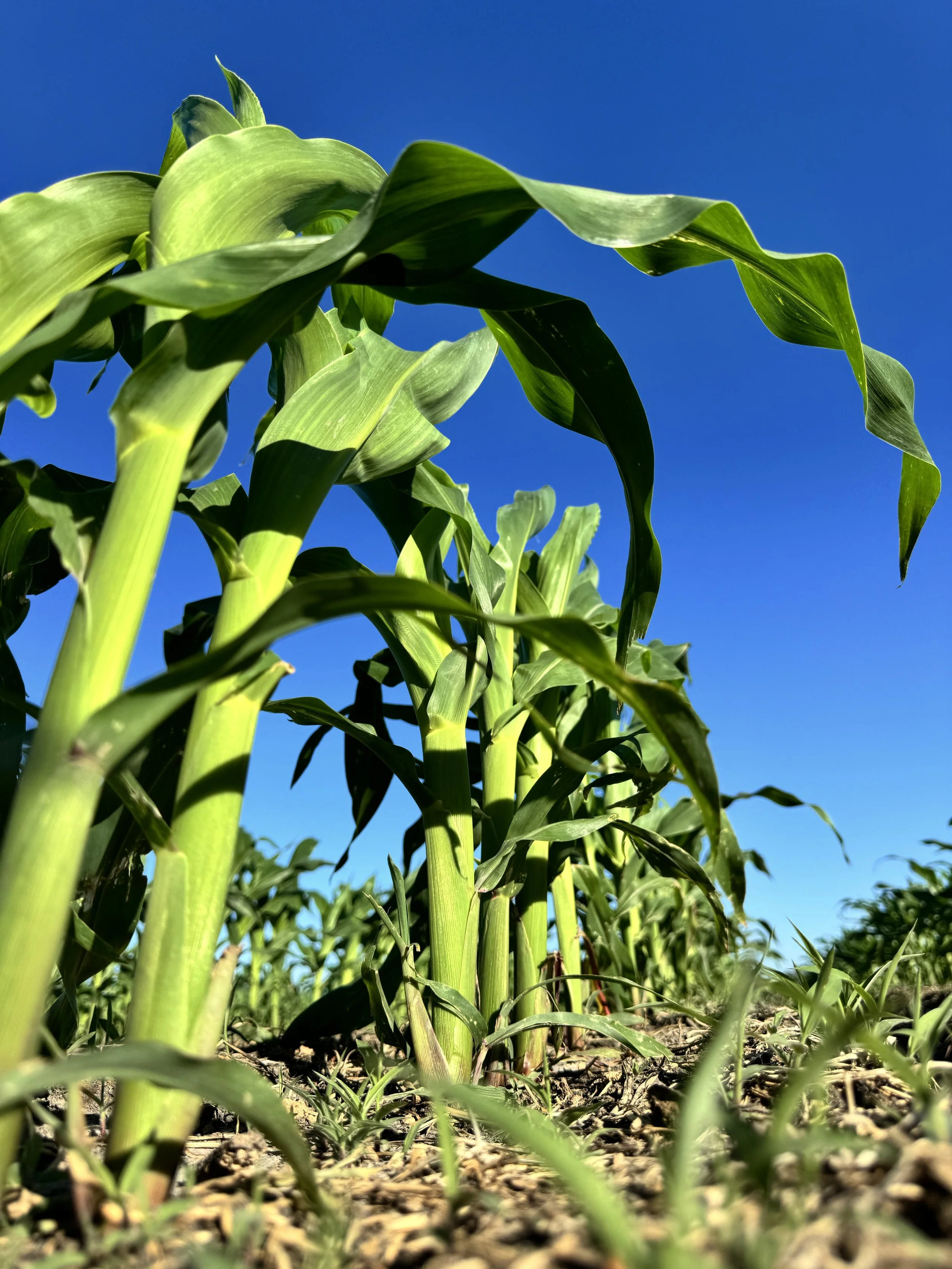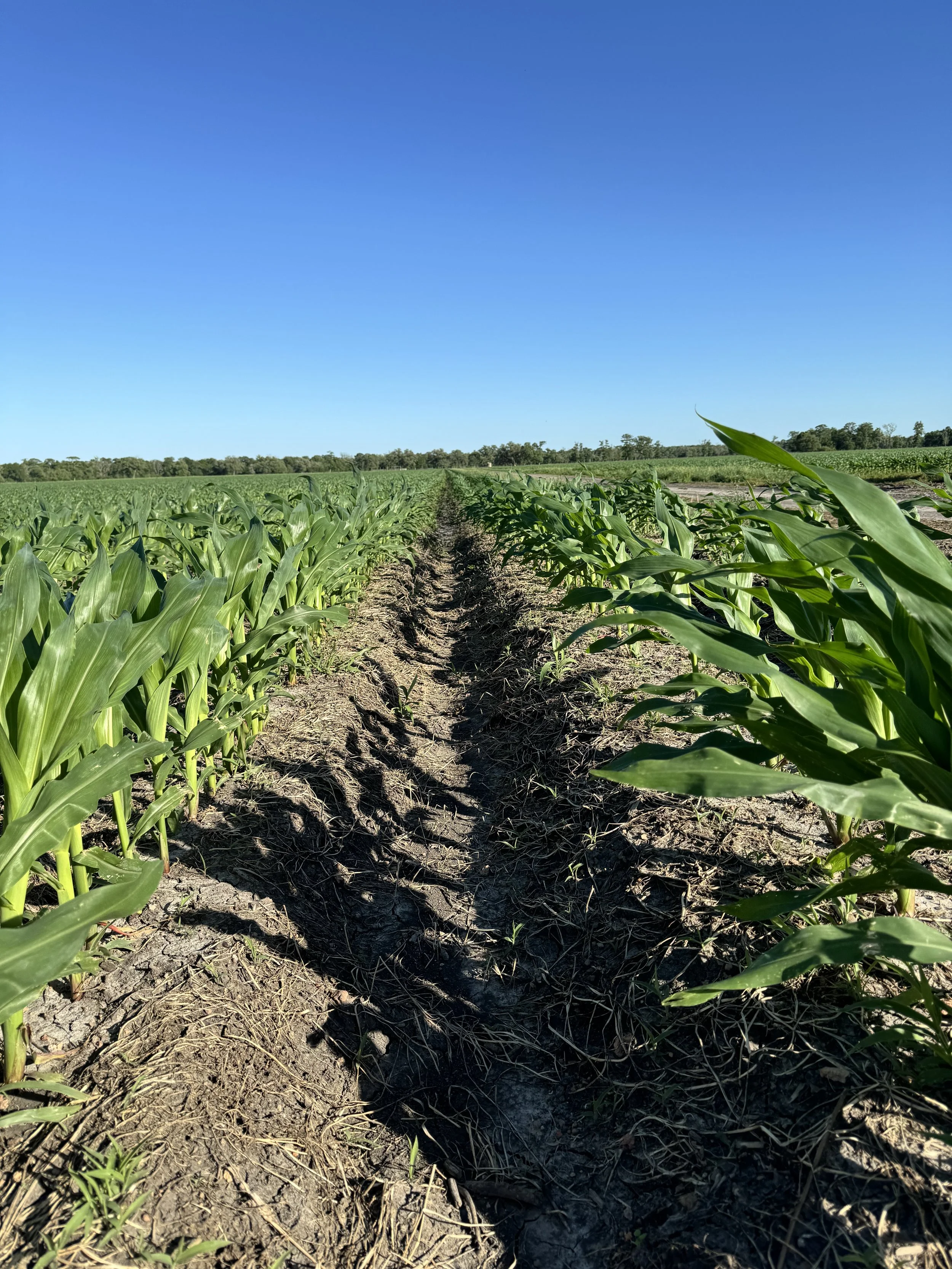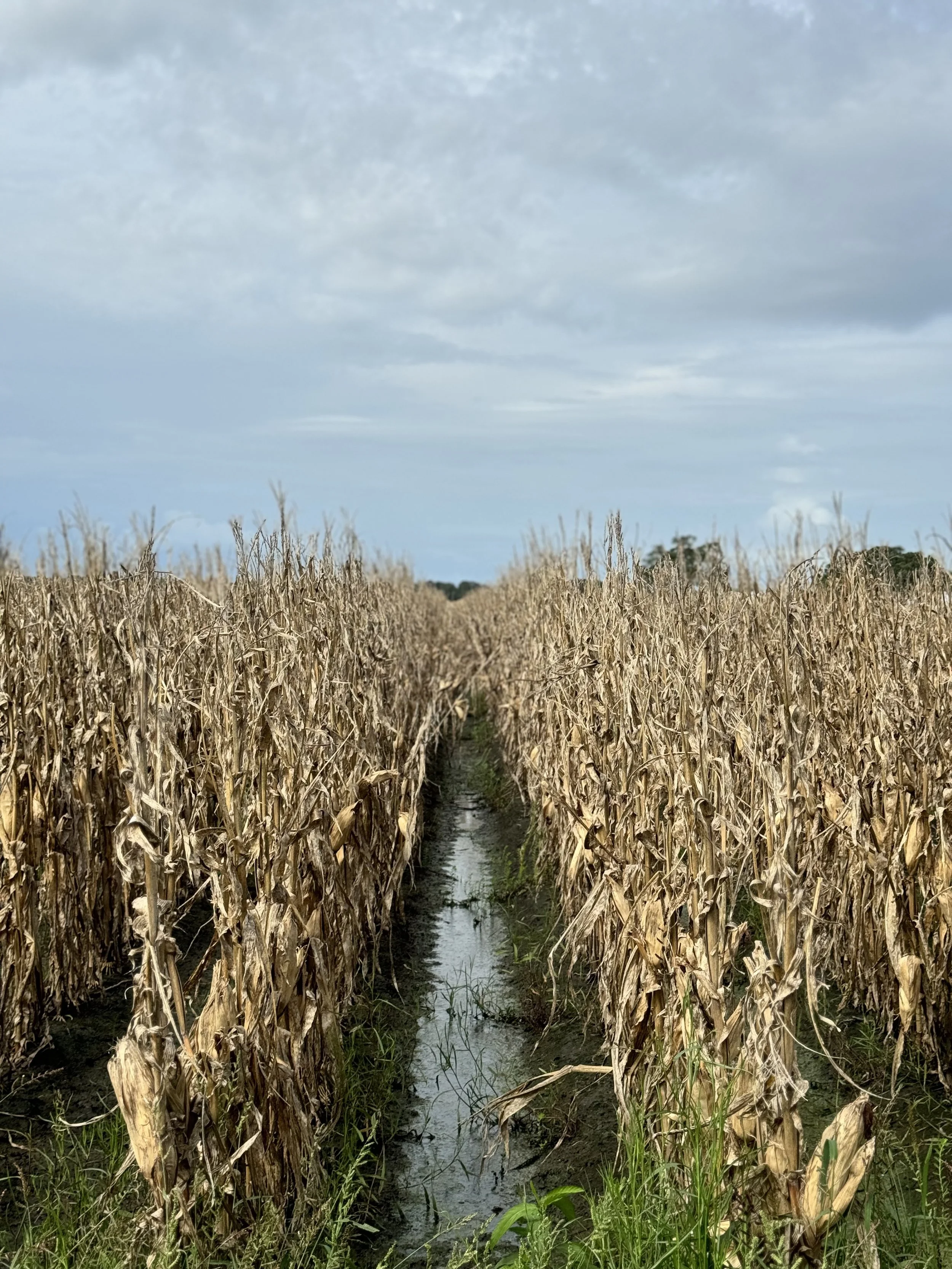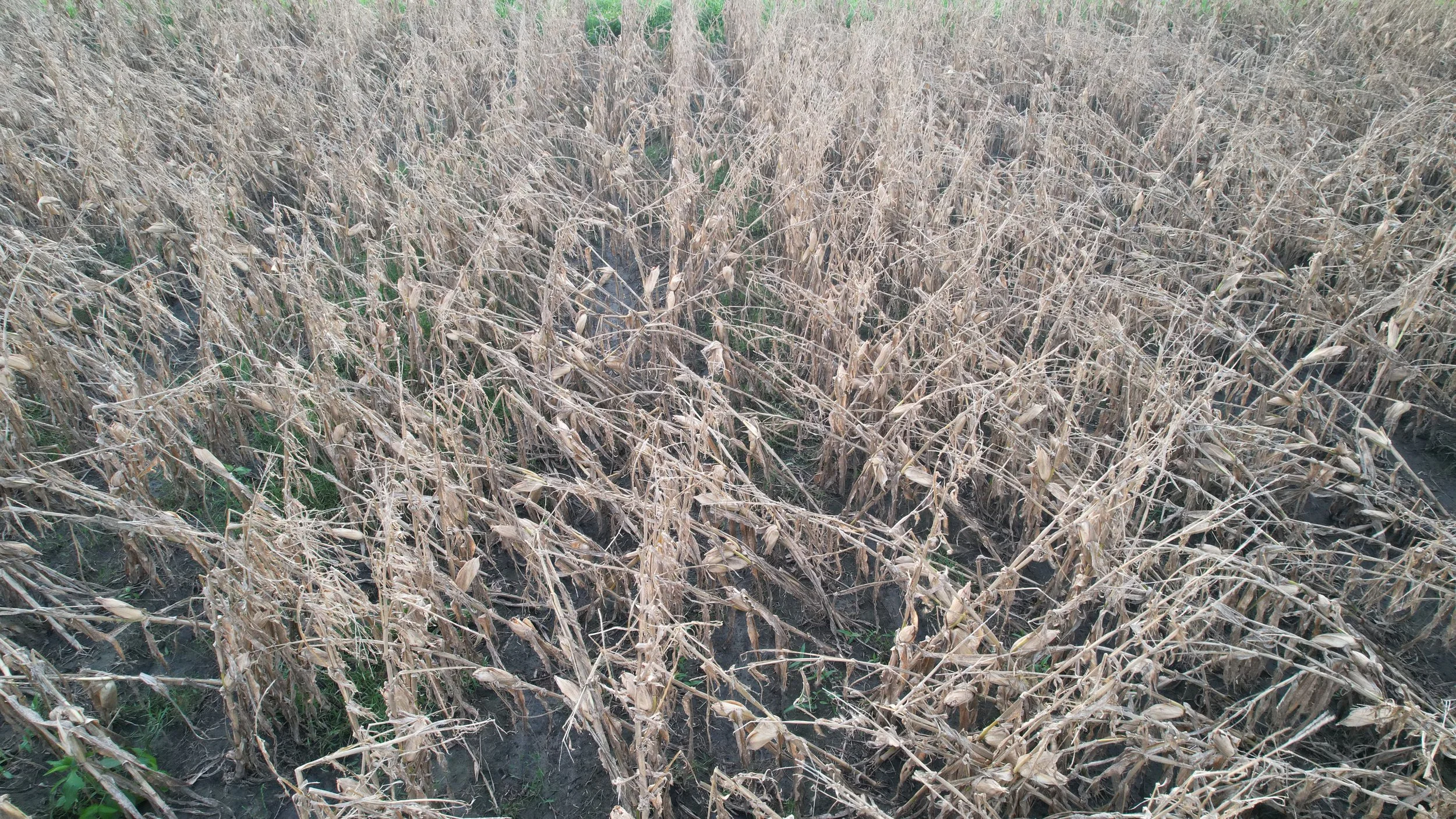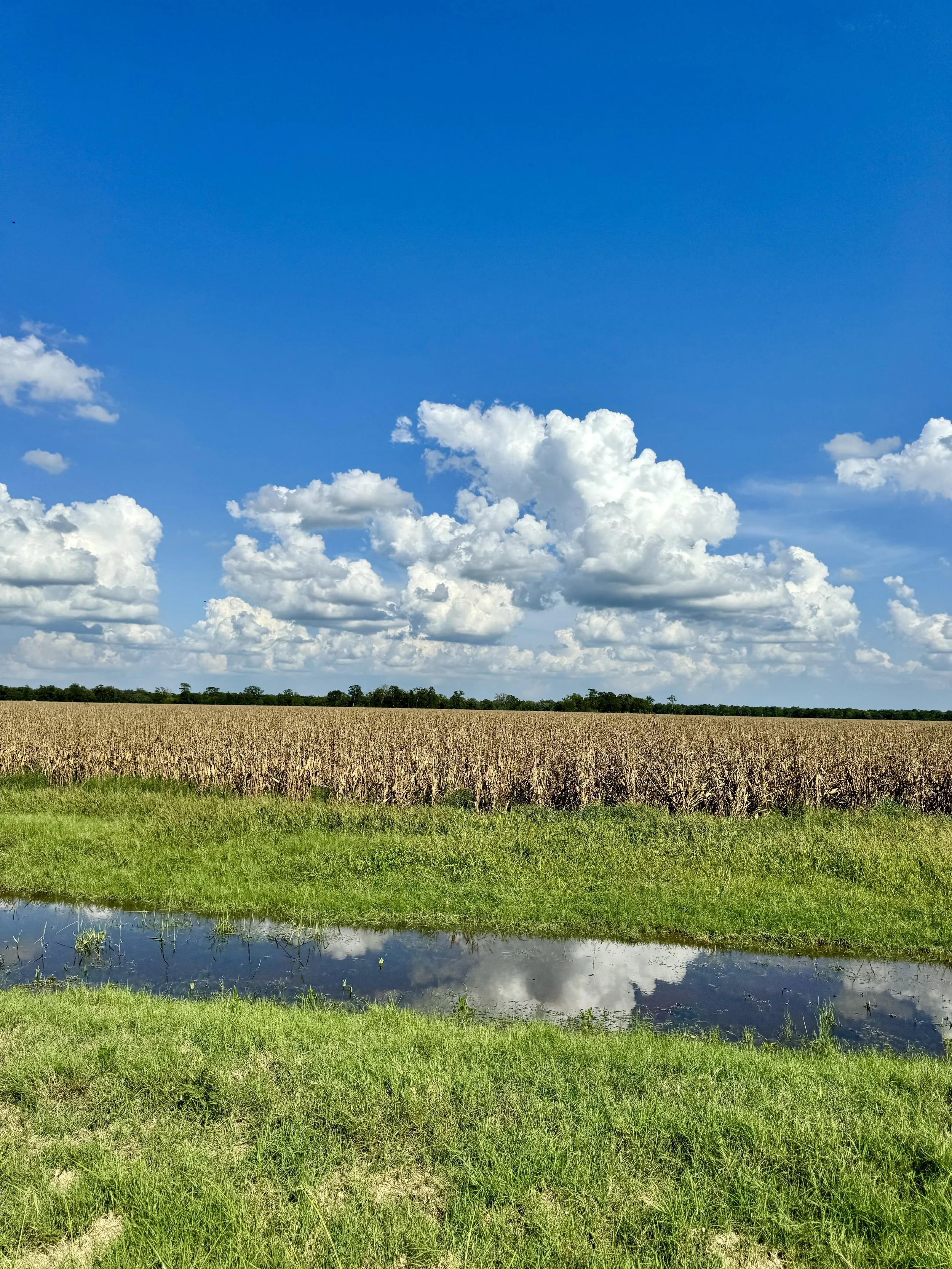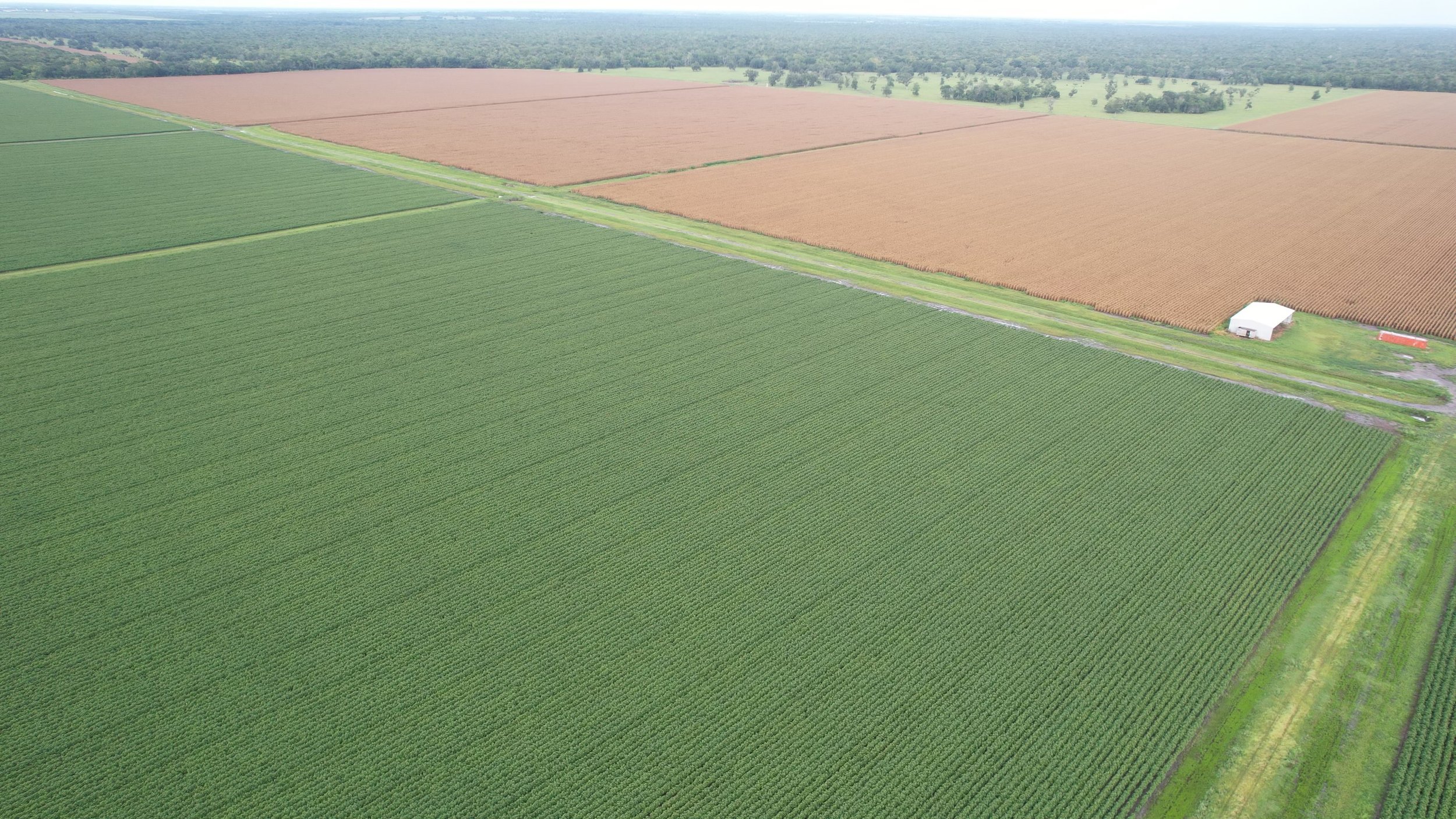“No Farms, No Foods”
M I K E S K A F A R M S
Field Corn
#shellingcorn
Shelling corn is a common agricultural practice that involves removing the kernels from the cob. This process is essential for both human and animal consumption, as the kernels contain valuable nutrients. Farmers use various methods to shell corn, including hand shelling or using specialized machinery like corn shellers. The kernels can be used for a variety of purposes, such as making cornmeal, animal feed, or even ethanol. Shelling corn efficiently is crucial for maximizing yield and ensuring food security.
Beyond the field
For farmers tirelessly toiling in the fields, the daily battle against time and nature is a harsh reality. Long hours are spent warding off threats like hogs and deer that can ravage crops and profitability in the blink of an eye. The race against the clock leaves little time for family. Balancing work against the backdrop of unpredictable weather conditions adds another layer of uncertainty to the already intense situation.
It has been observed that crop prices and the cost to run a farm have reached an all-time high. This economic trend is impacting farmers significantly, as they navigate the challenge of balancing increasing operational expenses with the returns from their harvests. The surge in crop prices may offer some profit potential; however, it is essential for farmers to strategize effectively to optimize their yield amidst the elevated production costs. The current scenario underscores the inevitable complexity of the agriculture industry, where external factors such as market fluctuations and resource expenditures play a pivotal role in shaping the financial landscape for farmers.
Harvest
After the combine fills the wagon in the field, the driver transports it to the truck for unloading. Typically, we operate with two tractors alongside one combine for shelling corn. Over time, our farm has expanded, necessitating the growth of our equipment fleet. Coordinating drivers to assist becomes an ongoing challenge. Despite the long hours and dusty, itchy conditions, the harvest season remains a family affair, uniting us in the midst of the toil.
Loading
The efficiency and pace at which the trucks are loaded are directly influenced by various factors such as the type of crop, its volume, and the equipment available. Each field presents unique challenges that impact the speed and effectiveness of the harvesting process. By carefully assessing these variables, farmers can optimize their operations and ensure timely transportation of the harvest.
Trucks
During the harvest season, the port typically closes early. However, the loading of trucks carries on as long as there are trucks available and the moisture levels remain low. It is crucial to keep the operation running smoothly. Once the trucks leave beyond regular hours, they make their way to the port to secure a spot in line for unloading when it reopens. Afterwards, they return to the fields to be loaded again. This process revolves heavily around logistics, ensuring timely transportation of goods.
In my view, extending operating hours during the harvest season would be beneficial. Drawing from personal experience working 24-hour shifts during cotton harvest at the gin, I understand the importance of continuous operations. Shift changes at midnight allowed for seamless workflow, recognizing the unpredictability of Mother Nature. Adaptability and round-the-clock work become essential to navigate the demands of the harvest season effectively.
Mother Nature
Corn Harvest 2023
Sometimes, all it takes is one unexpected event to disrupt the whole operation. A simple blow out can lead to a cascade of effects, causing Mother Nature to reclaim an entire day during the crucial harvest season. The unpredictability of the elements serves as a reminder of our vulnerability to forces beyond our control. In these moments, we are reminded of the need for patience, resilience, and adaptability in the face of nature's power.
Farmers are known for their spirit of cooperation and mutual support, especially during challenging times. When a farmer breaks down or inclement weather prevents them from utilizing a truck, they will reach out to another farmer in the community to offer assistance. This simple act not only helps the farmer to keep their operations running smoothly but also enables the truck driver to continue earning a living. This sense of camaraderie and reciprocation is ingrained in the farming community, where a helping hand can make a significant difference.
End of Corn Harvest - 2023
Nothing like the last day of harvest season, a time when farmers can finally take a moment to breathe after months of hard work. Even if there was a a combine tire blow out, or small fire, the sense of accomplishment and relief must still be palpable amidst the chaos. It serves as a reminder of the unpredictable nature of farming and the resilience required to overcome challenges.
Similarly, during harvest season, farmers are quick to lend a hand to those in need. When one farmer finishes their harvest early, they reach out to others in the community to offer assistance. This proactive approach ensures that everyone can complete their harvest in a timely manner, despite the unpredictable nature of farming, particularly in regions like Texas where hurricane season presents additional challenges.
In farming communities, the ethos of lending support to fellow farmers is deeply rooted, driven by the understanding that everyone benefits when they work together. This collaborative spirit not only strengthens the farming industry but also fosters a sense of unity and resilience in the face of Mother Nature's unpredictability.
Crop Rotation
2/2024 - day 5 planting
Crop Rotation:
The fields that were once lush with cotton crops have now transitioned entirely to cultivating corn. In the realm of agriculture, crop rotation is a centuries-old practice that sustains the health of the land and maximizes yields.
Dry fertilizing the fields
3/2024 - day 7 planting
Applying dry fertilizer on planted fields is a common agricultural practice that helps supplement the soil with essential nutrients required for optimal plant growth. Farmers distribute dry fertilizer evenly across the fields using spreaders or other machinery, ensuring that crops receive the necessary elements such as nitrogen, phosphorus, and potassium. This process can boost crop yields and improve the overall health of the plants. It is important to follow recommended application rates and timing to prevent nutrient imbalances and minimize environmental impact.
Corns coming up
3/30/24 -
Corn is growing!
Time to start fertilizing the corn now before it gets too big!
Spray or Pay - Afla-Guard
5/2/24
Crop Duster
Can’t afford to get Aflatoxin
Corn Progress
5/1/24
Corn Is looking good!
Corn is Changing Colors
Won’t be much longer until harvest time! Hurricane Beryl stay away.
6/29/24
Corn the evening before Hurricane Beryl
The evening before Hurricane Beryl is to arrive. The eye was direct hit on the farm.
7/08/24
After Hurricane Beryl….
Late corn harvest
Prices are low, harvest is late, but harvest is in full swing. We are usually in the middle of cotton harvest. August 2024
After Hurricane Beryl….

